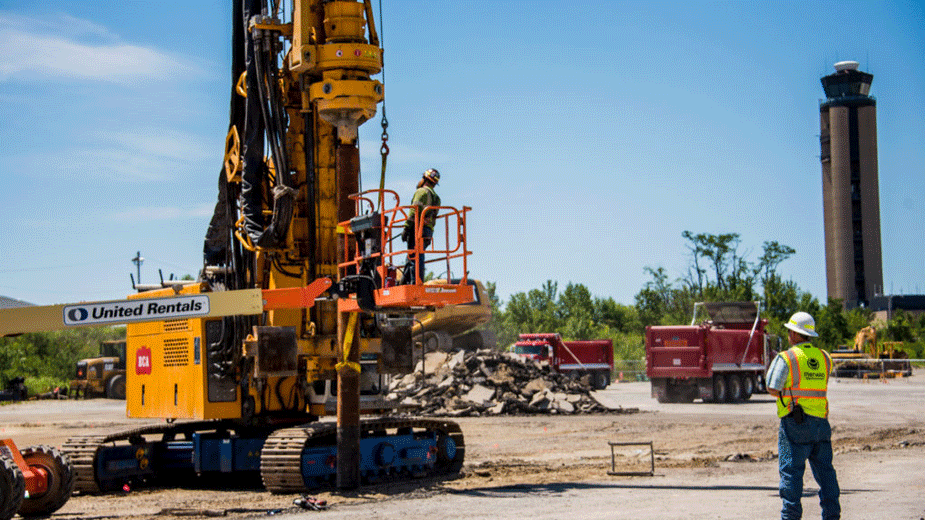Pittsburgh Airport Starts Construction on Microgrid
PITTSBURGH – Construction has start on the first-of-its-kind electrical microgrid that will power Pittsburgh International Airport’s terminals, hangars, maintenance buildings and airfield – as well as the Hyatt hotel and Sunoco gas station nearby – once work is complete next summer.
The energy plant will feature five natural gas-fired generation and nearly 7,800 solar panels, which will combined to generate roughly 23 megawatts of power. Currently, the airport’s peak demand is about 14 megawatts. While the generators and solar panels will be the airport’s primary power source, it will remain connected to the traditional electric grid for emergency and backup power.
“Part of our mission is to be a world leader in aviation innovation and this project is about powering airports into the future,” said Pittsburgh International Airport CEO Christina Cassotis in a statement. “This project will bring power resiliency and redundancy to enhance safety and ensure continued operations for the traveling public.”
Preparation of the eight-acre site just off Interstate 376 began a few weeks ago and on Monday, construction crews moved an 80-foot drill onto the site to begin foundation work.
“Even during these very challenging months, this project has remained on track, which is a credit to everyone who has been working on it and all of its components,” said Tom Woodrow, vice president of engineering at Pittsburgh International Airport.
The power plant will be built, operated and maintained by Peoples Natural Gas. The solar panel array is 75% designed and is on a separate track for permitting and regulatory approval; construction is planned to begin in the fall.
Additionally, installation of a new electrical switchgear, a kind of main breaker panel for the Landside and Airside Terminal, is also underway to support the electrical infrastructure for the microgrid. The project came in $2 million under budget.
“Having the switch gear replaced ahead of the microgrid tie-in will eliminate the need to disconnect the microgrid from the old switchgear and then re-connect into the new one, which would be more costly and inefficient,” Woodrow said.
Pictured: Crews work to operate a drill rig on the site of the microgrid project at Pittsburgh International Airport on July 20. (Photo by Beth Hollerich)
Published by The Business Journal, Youngstown, Ohio.



